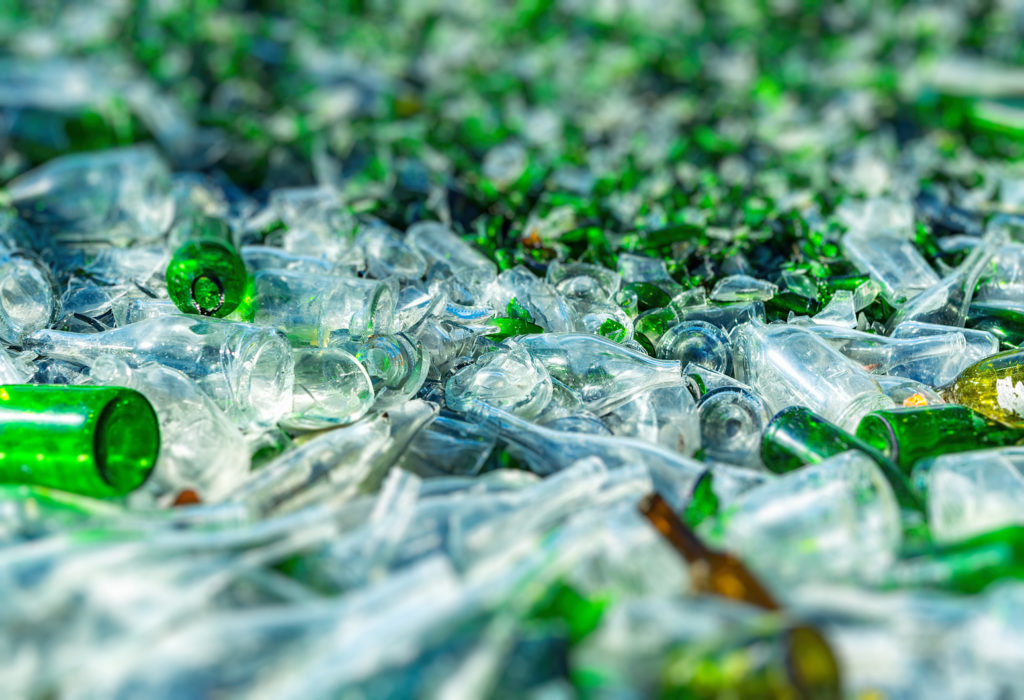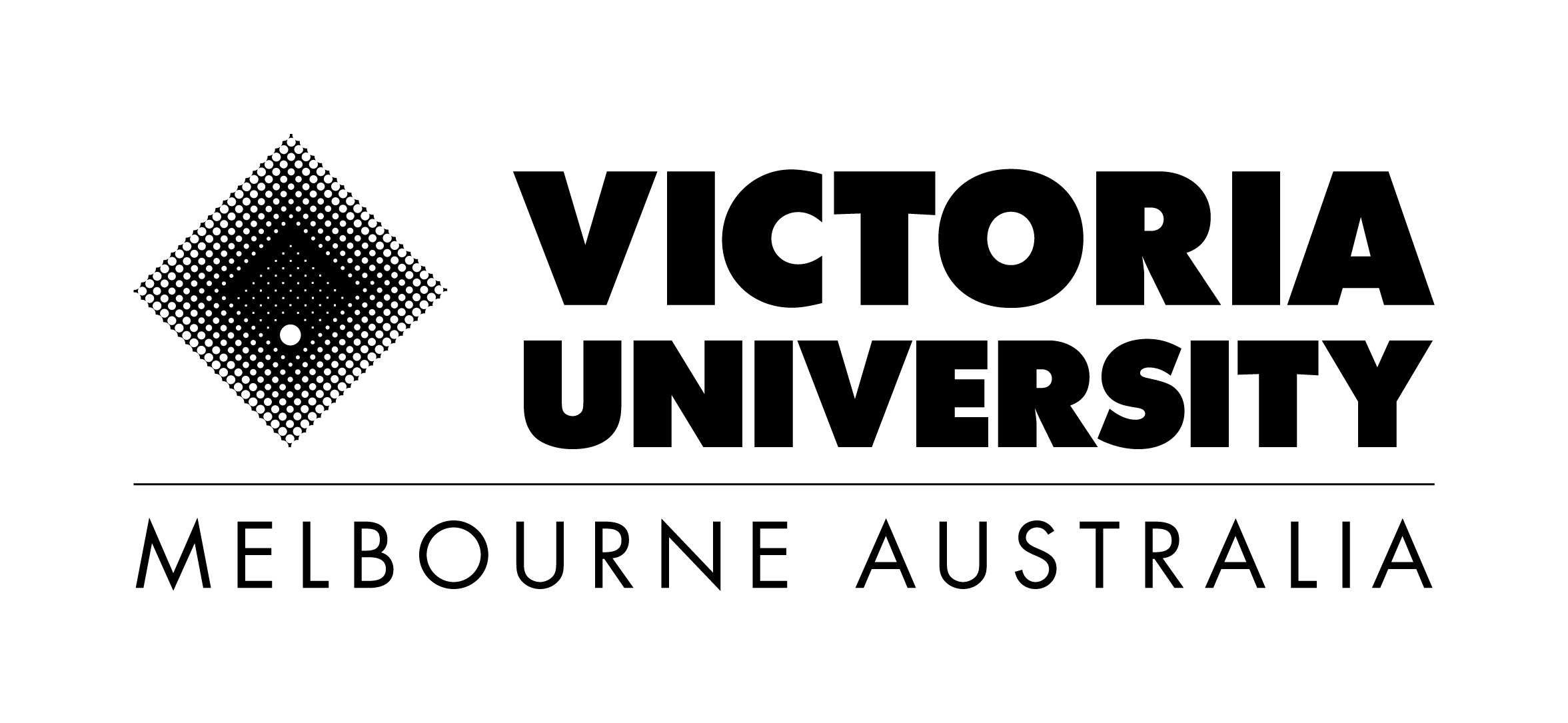A world-first solution that could keep tonnes of plastic, glass and tyres out of landfill is closer to reality after two Victoria University researchers earned a state government grant.
Civil engineering lecturer Dr Ehsan Yaghoubi and Professor Sam Fragomeni, both of the university’s College of Engineering and Science and Institute for Sustainable Industries and Liveable Cities, recently gained support for a project through Sustainability Victoria’s $37 million Recycling Industry Strategic Plan fund.
The project – which includes collaborators from the geotechnical team of the University of Melbourne and industry partners City West Water and Ground Science – will validate the performance of a blend of 100 per cent recycled materials instead of virgin aggregates in backfill for sewer pipeline infrastructures.
According to Yaghoubi, there could be appealing mechanical performance as well as environmental benefits as a result of the work. The industry partners, Ground Science and City West Water brought up a lack of quality control for clay backfilled trenches.
“Together with our collaborators, we came up with the idea of using a blend of materials that have self-compacting properties, or at least we can have more control over their compaction or achieved density,” Yaghoubi said.
City West Water is providing two locations at one of their sites and has offered to assist with expert advice and construction. Yaghoubi said that this is important for carrying out their research and evaluating the recycled blends under real-world conditions.
The project addresses a collection of major problems. Besides overcoming expansive clay’s limitations which spread over many areas in Australia, the mix will also save on construction companies excavating, crushing and transporting virgin aggregates, with suppliers looking increasingly further afield – sometimes 200 km away – for supplies to truck in.
The researchers’ solution involves a blend of recycled tyre, plastic and glass, with glass to make up between 70 and 80 per cent of the final formulation. “Repurpose It” is supporting the project by donating about 150 t of washed recycled glass free of charge for construction of the trial sites.
The project and partners
At the time of writing, Yaghoubi’s team is still at the laboratory stage, and has run geotechnical and environmental testing on different blends, preparing to move on to site testing in late-August or early September.
He explained that others have used backfill mixes including a limited amount of recycled materials including glass but using 100 per cent recycled content is likely a world-first.
The team will use two construction sites with two different shortlisted blends, with these sites instrumented and monitored for 12 months to gauge settlement during weather events like rain or dry spells.
Partners include a geotechnical team from University of Melbourne, the geotechnical firm Ground Science, and City West Water. Yaghoubi said University of Melbourne is contributing expertise for a bespoke fibre optic sensor system that will monitor ground movement and settlement. This is an alternative to strain gauges for monitoring settlement. Ground science is assisting with geotechnical testing and expert advice and City West Water is contributing to construction of the sites.
“The strain gauge only gives you one data point in the underground space. Let’s say you use 10 different strain gauges, at different depths, at different locations along the trench, and still, you only have 10 data points,” he said.
“But with fibre optic sensors, it’s distributed monitoring. These are small, very tiny cables that you place in the ground in different depths. Along the length of the cable, we can have continuous data collection. It gives us way more evaluation points.”
A project for the times
Yaghoubi has a background in pavement and geotechnical engineering and has contributed to several infrastructure projects during his employment in the industry. He worked for Coffey before joining Victoria University (VU).
The university’s reputation for engineering is on the rise. It placed in the top three in the state for engineering and technology in the Times Higher Education charts, where it was also 56th in Young University Rankings this year. VU also rated well above world standard in the latest Excellence in Research for Australia rankings in engineering.
There is a focus on industry engagement on major projects, such as this one, and on producing work-ready graduates familiar with real-world problems.
As far as real-world problems go, turning waste back into a resource appears to be the biggest challenge right now.
Australia is scheduled to end exports of waste glass beginning next year, and will have phased out plastic, paper and tyres by 2024. Following the 2018 waste import clampdown by China – which took 619,000 t of our plastic in 2017 – there is an imperative to find new applications for what we throw away.
“Everybody knows it’s good to reuse recycled materials, but the uncertainties with the mechanical performance as well as potential environmental problems may be the reason why application of these materials is delayed,” said Yaghoubi, whose field is one that can make a real difference in the situation.
“Construction projects, generally civil engineering projects, require a lot of materials to be used. The volume of the material is normally significant, whether it is a road or backfilling kilometres and kilometres of trenches.”
With 28 research disciplines ranked at or above world standard in the latest Excellence in Research Australia (ERA) assessments, VU offers world-class research opportunities. Find out more.

